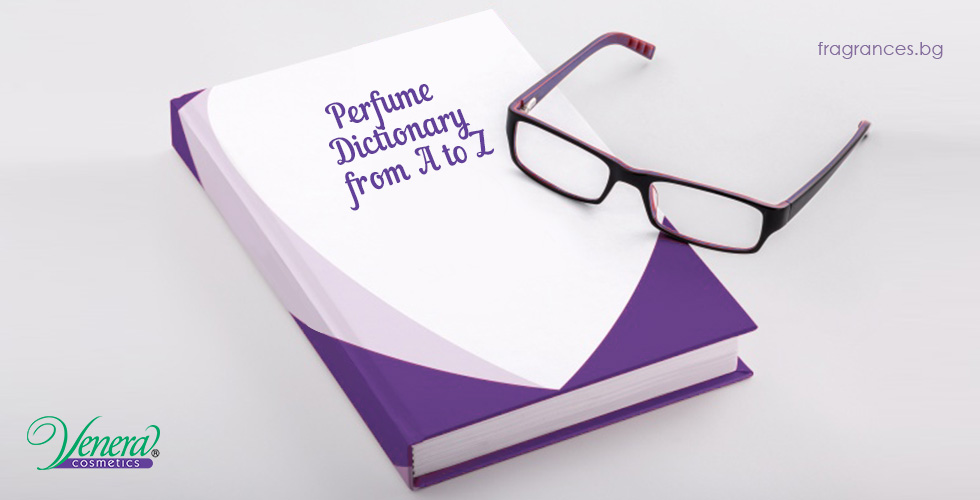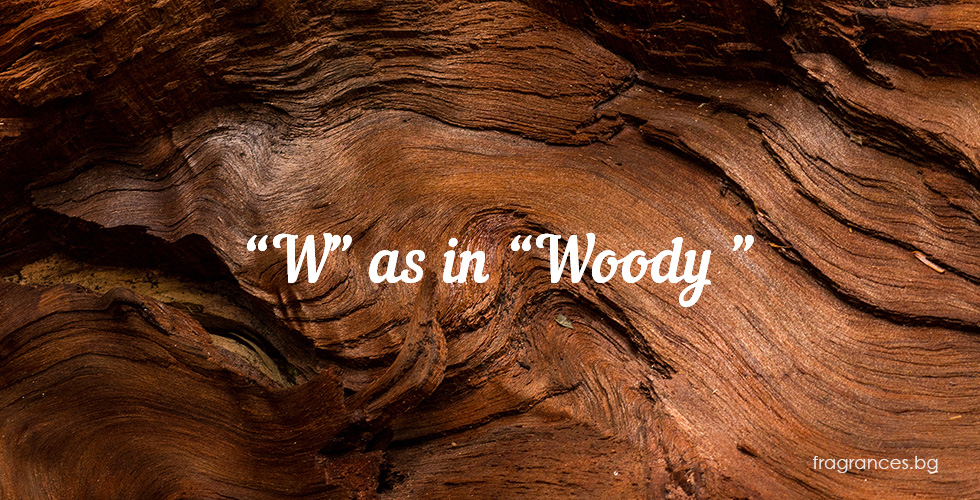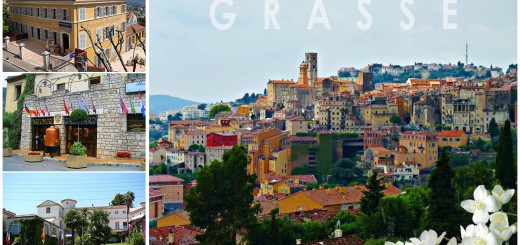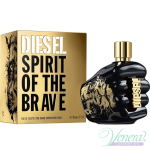Perfume Dictionary from A to Z

Do you speak the language of perfumes? If not, don’t worry.
A year ago the first Bulgarian book about the perfumery world (distributed free of charge) was published with our help. We contributed with our many years of experience in order to give you a chance to peek behind the curtains of one of the most successful industries and to know more about the perfume nuances, spirit, and history. And we want to celebrate. To properly do that we decided to write this perfume glossary so that you can get acquainted with the terms, flavors, emotions, notes, and scents from the perfumery world.
Since it is a dictionary, we are going to dive into it the alphabetical way:
A – Amber
Amber has been famous for its charm, warmth, and grace ever since antiquity. It has frequently been described as “tears of the sun”, “tiger’s soul”, “hardened honey”, “window to the past”. The usage of amber for its scent dates back to ancient times, when in ancient China they used to burn amber during their different celebrations. The actual amber, however, produces very little scent that is insufficient for perfumery purposes. That’s why The “amber” scent in perfumery was originally derived from ambergris and/or labdanum.
B – Base Notes
Each perfume consists of 3 main types (top, middle, and base notes) of notes that are not just mixed but carefully selected so that they unfold in a certain way with time. They complement each other and enhance each other’s aroma, turning original branded perfumes into a layered scent. The base notes are those you smell after the top notes have disappeared and the middle notes have completely developed. Together with the middle notes, they form the overall theme of the perfume. Base notes are richer and deeper and they usually unfold in about 30 minutes after application. They even increase their scent with time. Base notes are the ones that create the long-lasting impression of a perfume. Base notes make up about 10% to 25% of the perfume – these are the most expensive perfume notes.
C – Citrusy Aromatic Group
Citrusy perfumes are among the most favorite women’s scents. Their compositions are based on lemon, orange, bergamot, grapefruit, mandarin and other citruses, with aromatic and tart notes for men and floral notes for women. They are divided into citrus aromatic (with aromatic herbs) and citrus gourmand.
D – Dry Down
The stage where the base notes are finally revealed and when you figure whether you love or hate certain perfume. This is when the perfume mixes with the chemistry of your skin and when it shows its true face.
E – Eau de Perfume (EDP)/Eau de Toilette (EDT)/Eau de Cologne (EDC)
When it comes to concentration of the aromatic compounds, there are several main types of fragrances:
Eau de Perfume (EDP) has a concentration between 10% and 20% (more often about 15%) and usually lasts for about 3 to 5 hours. It successfully combines longevity and quality and it’s not a surprise that it is among the most often used perfume concentrations. There is almost no perfume brand that doesn’t offer Eau de Perfume as a basic perfume concentration.
The aromatic compounds of Eau de Toilette (EDT) are between 5% and 15% (typically, about 10%). It usually lasts for about 2 to 4 hours. Lighter and cheaper than Eau de Perfume, Eau de Toilette is a very common perfume concentration.
The aromatic compounds of Eau de Cologne (EDC) are between 3% and 8% (typically, about 5%). It usually lasts for up to 2 hours. With a higher alcohol concentration, EDC is way cheaper than EDT and EDP.
F – Floral-fruity
This is the biggest aromatic group and it encompasses numerous versions of compositions with a floral heart: freshly picked flowers, flowers with aquatic-green or powdery nuances, and also floral-aldehyde, floral-fruity and sweet compositions. Floral perfumes are perhaps the most widely spread perfumes on the market. Most of the floral perfumes with their delicate floral notes have the power to positively affect our emotional well-being. In other words, there are perfumes that will actually make us feel happier when we are wrapped in their floral scent! They are divided into several main groups: floral aldehyde, floral aquatic, floral fruity, gourmand floral fruity, floral green, and floral woody musk.
G – Gourmand
Perfumes that smell sweet are called gourmand. These perfumes are dominated by notes such as vanilla, chocolate, caramel, cotton candy, toasted almonds and marshmallows. The pioneer gourmand perfume is Thierry Mugler’s Angel.
H – Heart Notes
As their name implies, these scents unfold after the top notes evaporate. They are the “heart” of the perfume and develop for 10-30 minutes. Heart (or middle) notes conquer our senses after the top notes have faded away. They have a much longer life from top notes and help for the full unfolding of the scent into its base notes. Middle notes make up between 40% and 80% of the perfume. They often consist of fruit and floral scents, as well as spicy ones.
I – Iris
The iris is among the most often used (and most loved) perfume notes both for men’s and for women’s perfumes. Powdery and creamy, the iris perfume note is used in many iconic fragrances, the most famous of which is Chanel No. 5. “Iris” means “rainbow” and the flower is named after the Greek goddess Iris. Having little in common with the iris flower, the iris perfume note is extracted from the iris roots, creating iris (orris) butter. The process of natural extraction of iris butter is very time-consuming and can be really expensive. First, the root of the iris flower is kept in the ground for up to 5 years (or more) and then it’s dried for 3 more years before the actual steam distillation of the ground material takes place. Just 2% of the dried iris root turns to iris butter and its price can reach up to €100,000 per kg. Nowadays, there are, of course, synthetic alternatives produced on the perfume market that are considerably lower in price and are widely used in contemporary perfumery to achieve different nuances of the natural iris perfume note.
L – Lavender
Lavender is famous for its calming effect. Its name derives from the Latin “lavare”, which means “to wash”. It comes from the ancient Roman tradition of using lavender oil when bathing. Today lavender oil is a preferred constituent of many perfumes for its fresh, sweet and sharp floral aroma. It is extracted from the flowering tops of lavender through steam distillation and the biggest producers of lavender oil are Bulgaria, France, and Ukraine.
M – Mimosa
The mimosa genus actually consists of about 400 different herbs, trees and shrubs. The species that are used in perfumery bloom just once a year and their flowers are extremely fragile.The elusive nature of the mimosa flower, however, compels perfumers to use it as an accent instead of giving it the leading role in perfumes. It is unquestionably most commonly used in floral compositions, creating powerful and intense nuances due to its simple and cheerful floral fragrance with a distinctive warmth to it. The mimosa essential oil has a sweet floral scent and a calming, warming and relaxing effect.
O – Oriental
Bold and alluring, oriental perfumes are intense, mysterious, and sensual. They are perfect for an evening out. Famous for their spicy notes, oriental perfumes often feature exotic fragrance notes from all over the world. Oriental fragrances fall into several subcategories (oriental floral, oriental fougere, oriental spicy, oriental vanilla, and oriental woody), depending on the mix of notes in the perfume.
P – Perfume Extract
This is another main fragrance type when it comes to concentration and it is the most difficult one to find. Its concentration is between 15% and 40% (most often between 20% and 30%). These perfumes last longest – between 6 and 8 hours, which puts them in the highest price range. Their high concentration, however, may cause skin irritations, that’s why they usually come in the form of bottles with drop application as a standard perfume spray would apply too much of the precious fluid.
R – Roses

Called “the queens of flowers”, roses grow on bushes that live up to 30 years and reach up to 2 meters in height. The rose blossoms are hand-picked early in the morning as if they are picked later, they lose their delicate scent. Bulgarian rose oil is extracted through double water-steam distillation. An interesting fact about rose oil is that, like diamonds, it does not change with time. Bulgaria is one of the largest producers and exporters of natural rose oil and rose absolute (about 70 % of the worldwide export). It is a preferred ingredient for a lot of famous perfume producers like Christian Dior, Givenchy, Lancôme, Bvlgari, Chanel, Paco Rabanne, etc.
S – Sandalwood
Sandalwood is warm, sweet, spicy, and sensuous and it blends very well with many other notes. It will not only bring passion to your life, but also help you fight stress, get energized, and feel sexier than ever. Sandalwood note is extracted from Santalum trees. These are relatively small evergreen trees with distinctive fragrance. An interesting fact about sandalwood is that quality sandalwood oil can be extracted from trees that are at least 15 years old. It is so expensive that, when harvested, the whole tree is removed, so that even its roots can be used. Sandalwood has been well known since Antiquity. Throughout the years it has been used for spiritual rituals and ceremonies. It is essential for many religions, including Hinduism, Buddhism, Islam, Chinese and Japanese religions.
T – Top Notes
These are the scents that you smell right after you apply the perfume on your skin. They usually evaporate very quickly (within 5 and 30 minutes), but, as they form the first impression of a given perfume, are very important. These notes are the lightest, they are fresh and effervescent (and the cheapest), but their power to attract makes them one of the most powerful weapons for selling a perfume. Top notes make up between 20% and 40% of the perfume.
V – Vanilla
Very popular fragrance note, mostly known through its synthetic variant vanillin. It was discovered in Europe back in 17th century and was used as a cure for many diseases, and due to its scent, an additive to food and drinks. Vanilla was, and still is, for a good reason, considered a strong aphrodisiac. Today its scent is familiar and loved by all. However, in perfumes its synthetic is almost always used as the real vanilla extract is very expensive and its production is hardly profitable. The vanilla scent consists of several components, main of which are vanillin and heliotropine.
W – Woody

The scents that emit the smell of a magical forest atmosphere. The perfume composition is enhanced with woody notes in the base. They are usually accompanied by aromatic and citrusy notes in order to form a hypnotizing and magnificent scent. Most often are divided into subgroups such as woody aquatic, woody aromatic, woody chypre, woody floral musk, woody-spicy
Y – Ylang-Ylang
Ylang-ylang is a medium-height tree (about 12-15 meters). It grows in the tropical regions of Asia, the Philippines, and Indonesia. Since Ancient times it has been known as a symbol of love and sensuality, and as aphrodisiac. In Indonesia, brides are decorated with fragrant wreaths, and smoke their homes against quarrels. It also has a positive effect on the nervous system – the oil is effective in depressive states, fatigue, insomnia, PMS. It is extracted by water or steam distillation of the freshly picked flowers. An interesting fact is that only about 500 grams of oil are extracted from about 25 kilograms of fresh colors. Many of the most famous perfumers of the 21st century define it as extremely feminine, sensual and seductive, so it is often used in the composition of female fragrances. The immortal Chanel No 5, and possibly the most famous perfume in the world, includes ylang-ylang.
Z – Zesty
Zesty perfumes are the ones that emit unbelievable freshness and boldness reminiscent to that of a grated citrus peel.
These were some of the most popular and important perfume terms. Did we miss something interesting? Let us know and we will make sure to include it.






